Oh the Gall! Strange Growths on Leaves
One of the most frequent questions I get around this time of year is “what is growing on my leaves?” while being handed a hackberry leaf with knobs on the back. These knobs are galls – abnormal growths on leaves and stems with a number of different causes, mainly insects and diseases.
In the case of the hackberry knobs, these are hackberry nipple galls caused by a psyllid – a tiny plant-feeding insect. The galls themselves are a plant response to the feeding of the larvae, forming a protective covering over the insect as it matures. Fortunately, this psyllid doesn’t affect the tree dramatically, just makes it unsightly. While control is possible, it is challenging and impractical.
Most galls are formed by an increase of hormones stimulating cell growth. When bacteria, viruses or fungi enter the plant, the response is to “seal off” the area with a mass of cells, forming a gall. With insects and mites, the response is similar, though the insect is often encased in the gall until it emerges.
Insect-based galls are challenging to deal with, as the galls typically protect the insect until they emerge as adults and fly away. With most disease-borne galls, the best management strategy is to collect and remove the leaves from beneath the infested plant in the fall. Doing this helps break the disease cycle. Since galls typically do not cause massive damage to the tree, pruning to remove the unsightly growths is probably the most efficient method of control.
All in all, galls are nothing to be concerned about. They are simply the plant trying to defend itself from an invader.
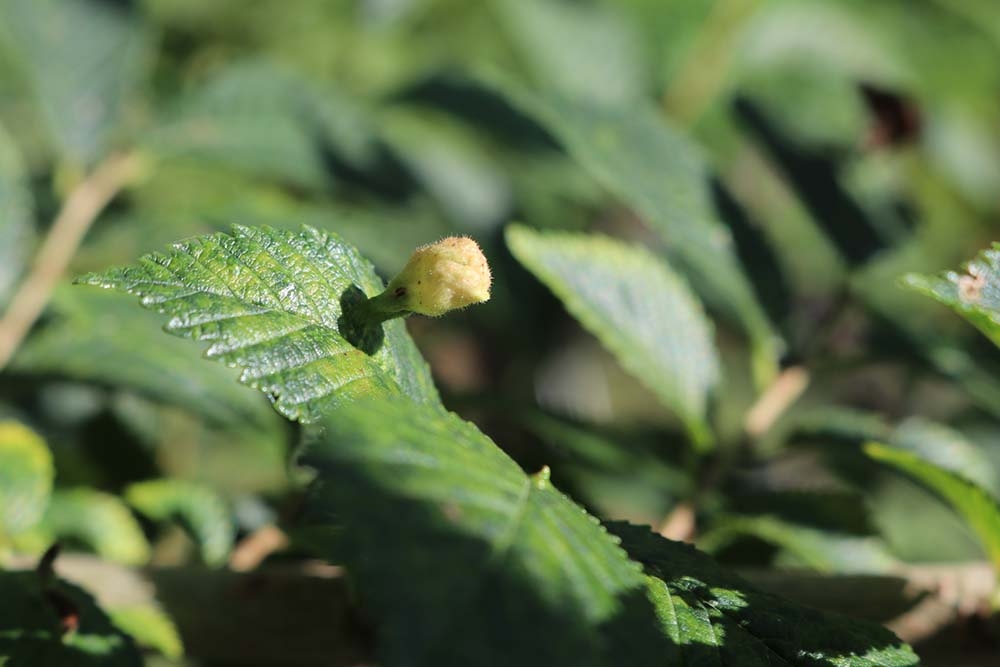
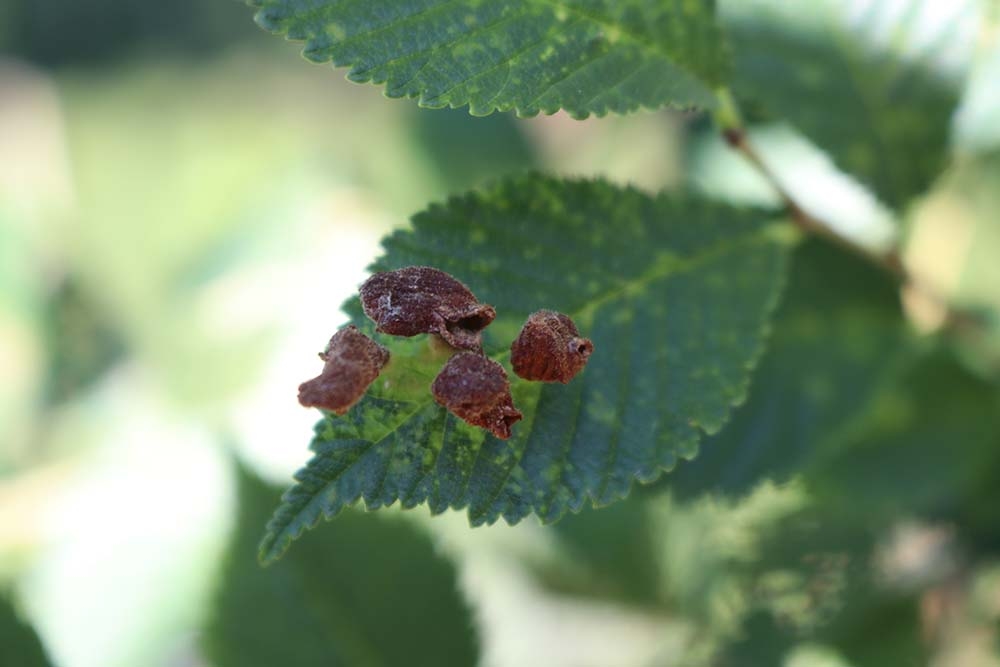
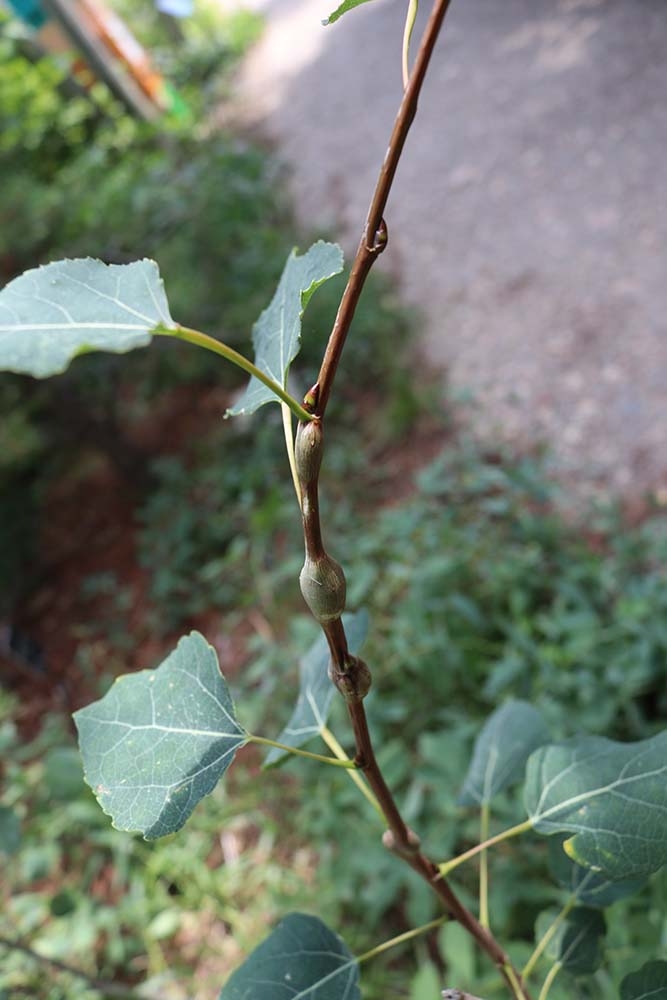
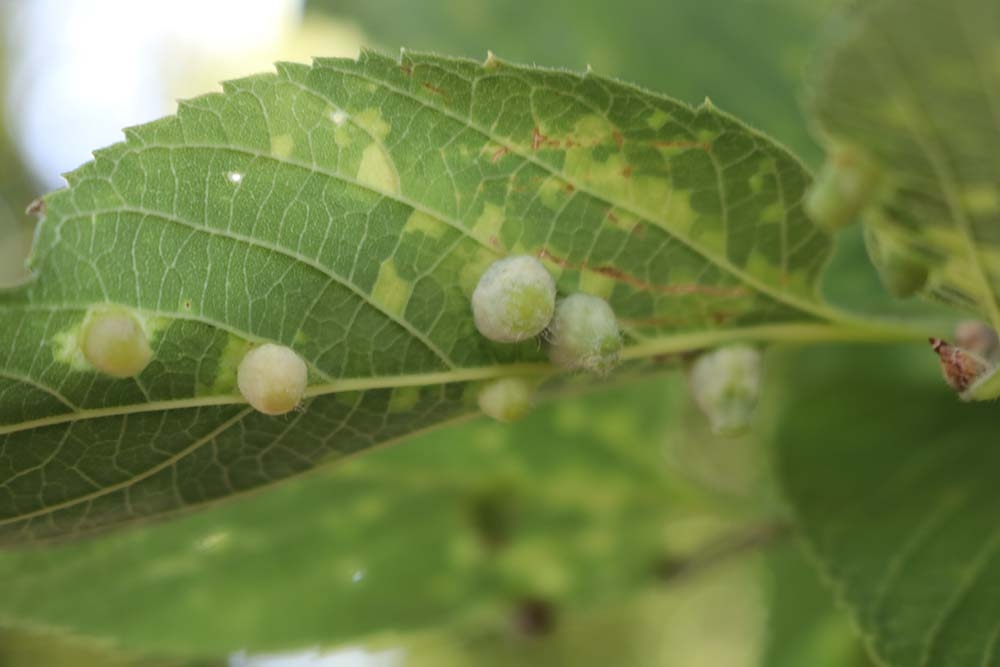
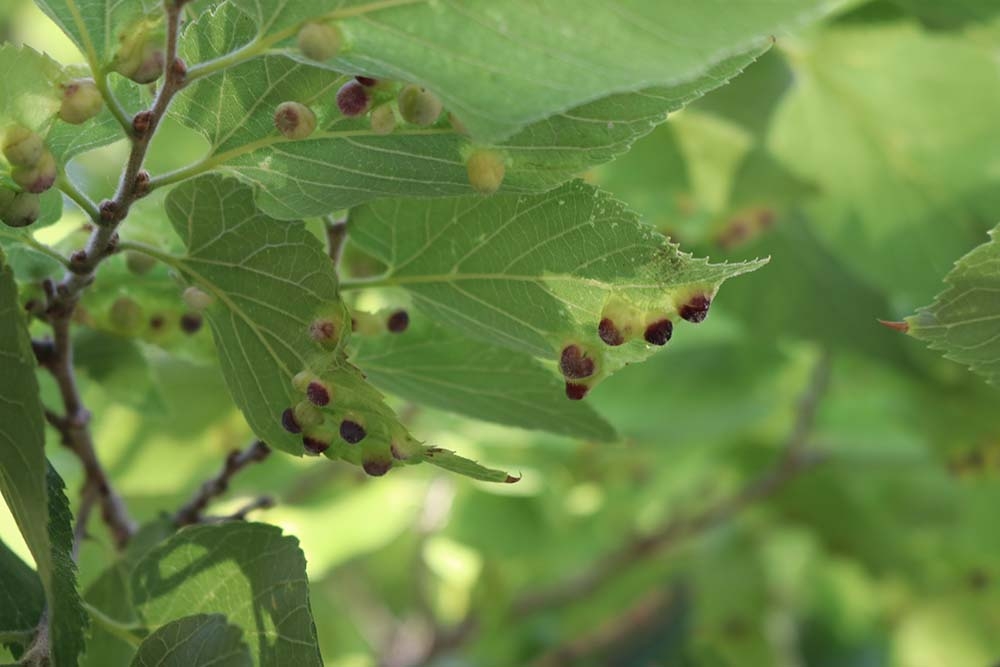
 English
English Български
Български 简体中文
简体中文 繁體中文
繁體中文 Français
Français Deutsch
Deutsch Italiano
Italiano 日本語
日本語 한국어
한국어 Polski
Polski Português
Português Română
Română Русский
Русский Español
Español Tiếng Việt
Tiếng Việt Монгол
Монгол Afsoomaali
Afsoomaali
Add new comment